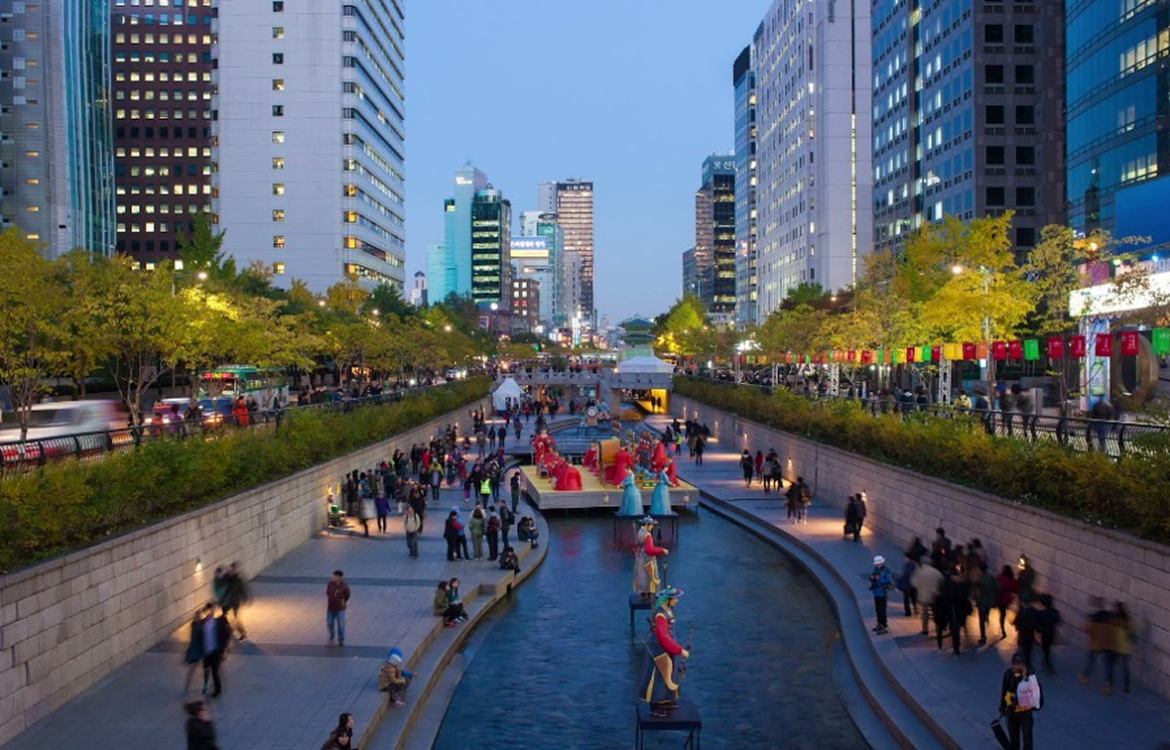Glasgow’s Clydeside
Once dominated by shipbuilding, Glasgow’s Clyde waterfront now features cultural institutions like the Riverside Museum. Walking tours reveal both the city’s industrial roots and its transformation into a centre for design and media.
Advertising
London’s Docklands
The Docklands were once the beating heart of Britain’s trade empire. Today, Canary Wharf represents its commercial reinvention, while areas like Wapping retain cobbled streets and converted warehouses that evoke the city’s maritime past.
The Role of Art and Culture
One of the most compelling reasons to visit industrial districts is the creative energy that often fills the void left by departing industry. In Liverpool’s Baltic Triangle, street art, music venues, and pop-up markets coexist with the remnants of warehouses. These areas frequently host festivals, art installations, and night markets, drawing both locals and tourists.
Sustainable Tourism Benefits
Exploring industrial districts also supports sustainable tourism. By directing visitors to under-explored parts of a city, pressure is eased on overcrowded attractions. Money spent in these areas often goes directly to local businesses rather than large tourism chains.
Tips for Exploring Industrial Areas in the UK
-
Join a Guided Tour – Many cities offer industrial heritage walking tours with expert commentary.
-
Look for Adaptive Reuse Projects – Converted buildings often house unique restaurants, shops, or exhibitions.
-
Visit During Events – Open House festivals or heritage days allow access to otherwise closed sites.
-
Photograph Responsibly – Industrial areas are often photogenic but may still be working spaces.
Conclusion: Beyond the Postcard View
Industrial districts may not feature on the front of tourist brochures, but they offer an authenticity and depth rarely found in polished attractions. For UK travellers, they are a chance to engage with the country’s history of innovation and see first-hand how cities reinvent themselves for the future.
By exploring these areas, visitors not only discover a different side of urban life but also contribute to the regeneration of communities that once powered Britain’s industrial might.

